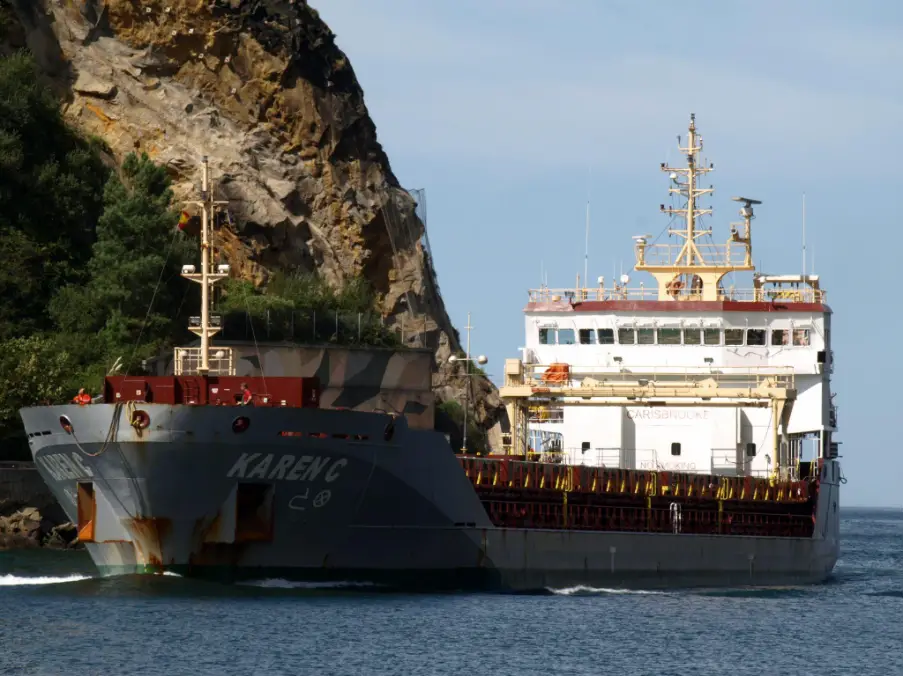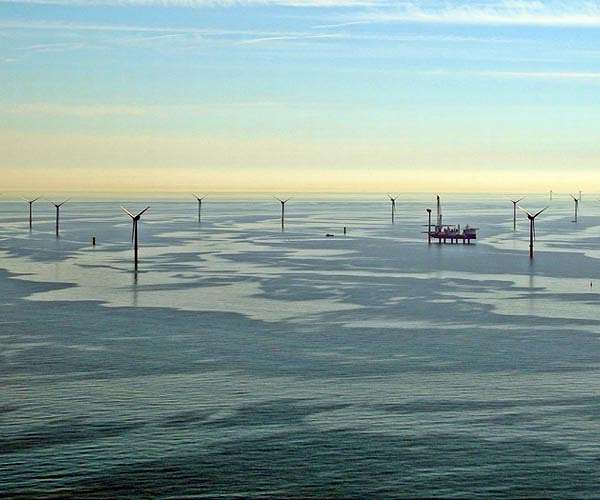
The maritime industry is on the brink of a significant transformation as it takes decisive steps toward reducing its carbon footprint. Compact Syngas Solutions, a pioneer in waste-to-hydrogen technology, is set to supply 200kg of hydrogen to power a groundbreaking 40-day sea trial. This trial represents one of the first instances of a cargo vessel being powered by hydrogen, marking an essential milestone in the pursuit of sustainable shipping.
Hydrogen Powered Ship Sea Trial
Scheduled for March 2025, the sea trial will see one of Carisbrooke Shipping’s K-class cargo vessels traverse the Irish Sea between Bristol and Belfast ports. The vessel will be equipped with a 50kW hydrogen auxiliary engine designed by Carnot, a notable British clean technology innovator. Prior to its deployment, the engine will undergo rigorous testing at Brunel University to ensure optimal performance.
Jeremy Howard-Knight, head of business development at Carnot, expressed gratitude for the collaboration, stating, “Sourcing hydrogen for our trial has proved harder than we expected, and we’re massively grateful to Compact Syngas Solutions for helping out.”
Technological Innovations
Compact Syngas Solutions has developed an advanced gasification process that converts waste materials, including biomass and non-recyclable products, into electricity, heat, and hydrogen gas. This process not only produces hydrogen but also generates biochar, which serves as an effective carbon sequestration method.
Karen Taylor, Chief Marketing Officer of Compact Syngas Solutions, highlighted the importance of this innovation, saying, “The marine industry is facing some huge challenges as it tries to decarbonize, with hydrogen and methanol increasingly looking like the best solutions.”
Recent Advancements in Waste-to-Hydrogen Technology
The waste-to-hydrogen sector continues to evolve with innovative projects and breakthroughs in technology. Here are some of the latest advancements:
-
Compost-Based Hydrogen Fuel: Researchers are exploring the potential of turning compost into hydrogen fuel, promising a dual solution for sustainable energy and waste management.
-
Human Waste to Clean Energy: New studies suggest that microbes found in human waste can be harnessed to produce biogas, offering a renewable energy source that could reduce dependency on fossil fuels.
-
Raven SR’s W2E H2 Project in Europe: A pioneering project by Raven SR aims to be the first waste-to-energy hydrogen initiative in Europe, highlighting the growing interest and investment in sustainable fuel solutions.
-
Waste Heat Utilization: Companies like Denso and JERA are collaborating to use waste heat for efficient hydrogen production, showcasing the potential for industrial symbiosis in energy sectors.
-
Anaerobic Digestion for Hydrogen Production: This process is gaining attention as it transforms organic waste into valuable resources, pointing towards a sustainable approach to hydrogen generation.
These innovations underscore the dynamic progress in waste-to-hydrogen technology, offering promising avenues for cleaner energy and effective waste management.
Shipping Industry Impact
The global shipping industry contributes to 3% of worldwide greenhouse gas emissions. With stringent targets set to reduce emissions by 40% from 2008 levels by 2030, and to achieve net zero by 2050, innovations like these are crucial. Smaller vessels may opt for electric solutions, but hydrogen proves to be a viable alternative for larger, ocean-going ships.
Compact Syngas Solutions’ recent £4 million government grant to further enhance its carbon capture technology highlights the growing recognition and support for sustainable solutions in the sector.
Future Prospects
The advancements in waste-to-hydrogen technology could play a pivotal role in addressing the marine industry’s environmental challenges. By harnessing waste materials to produce clean energy, we can reduce landfill waste while simultaneously lowering carbon emissions.
Looking ahead, the widespread adoption of hydrogen-powered engines could transform shipping and extend into other sectors, such as aviation and rail. These innovations are stepping stones towards a sustainable future, with the potential timeline for broader implementation contingent on continued research and development, supportive policies, and collaborative efforts among stakeholders.
Karen Taylor aptly summed up the potential, stating, “We’re looking forward to playing our small part in this hugely exciting trial, which could pave the way to drastically reducing emissions in the marine industry.”








